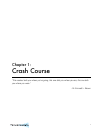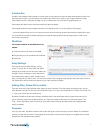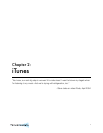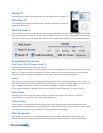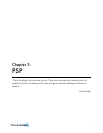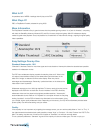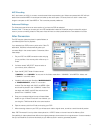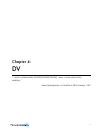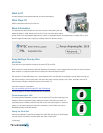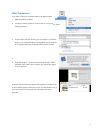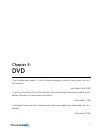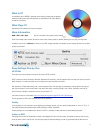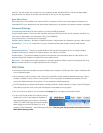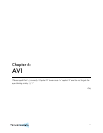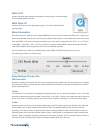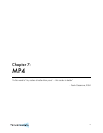
What Is It?
A nearly-lossless format geared towards non-linear video editing.
What Plays It?
MiniDV camcorders, iMovie, Final Cut Pro.
More Information
DV video became the standard for home and prosumer video editing with the
release of iMovie in 1999. iMovie and Final Cut Pro use it as their native editing
format. Since it's a near-lossless digital format, there is no "generational loss" as experienced on analog VHS or more
primitive digital formats when copying and editing video from device to device.
Easy Settings One-by-One
NTSC/PAL
There are two major television formats in the world. NTSC and PAL.
NTSC stands for "North American Television Standards Committee", and as expected from the title, this format is used in
North America. It is also the native format of Japan and northwest South America.
PAL stands for "Phase Alternating Line", and as expected from the title, tells you absolutely nothing helpful, leaving you
lost and confused. It's the format used in the rest of the world, including Europe, Asia, Africa, Australia, and most of
South America. People in Antarctica are too cold to watch TV.
Consult this map for more details:
http://en.wikipedia.org/wiki/Image:NTSC-PAL-SECAM.png
For the purpose of DV video, SECAM and PAL are identical.
Force Anamorphic 16:9
This setting allows widescreen content to be converted to DV format conserving its full
resolution without using black boxes. Viewing this video in QuickTime will result in a
squished picture, but iMovie and iDVD will play it back at its native aspect. In nearly all
cases, you will want to leave this checkbox unchecked. 16:9 DV video may not be
displayed correctly on MiniDV devices.
Ready for Final Cut
When this is selected, VisualHub will create DV-in-MOV files that Final Cut Pro/Express
can use without the need to re-render either the audio or video track.
12
(Continued)



